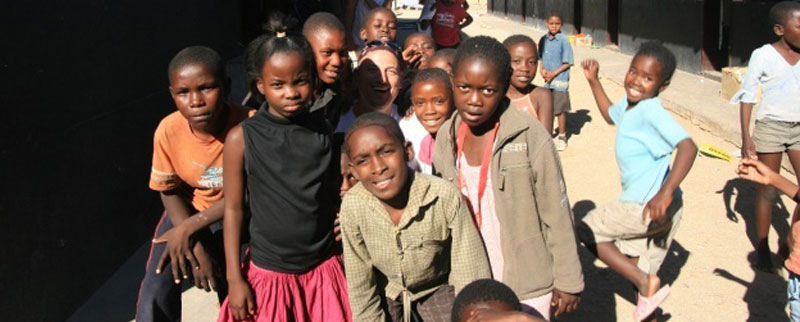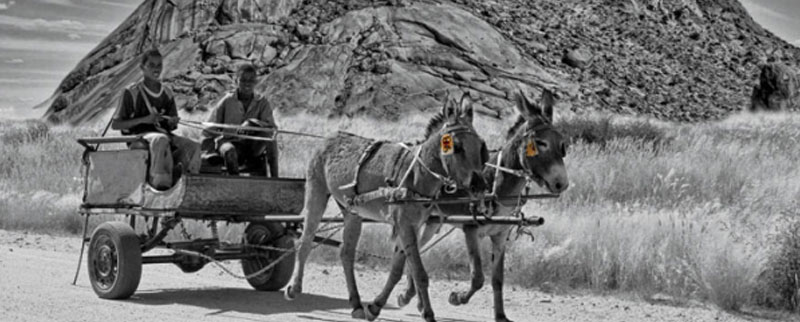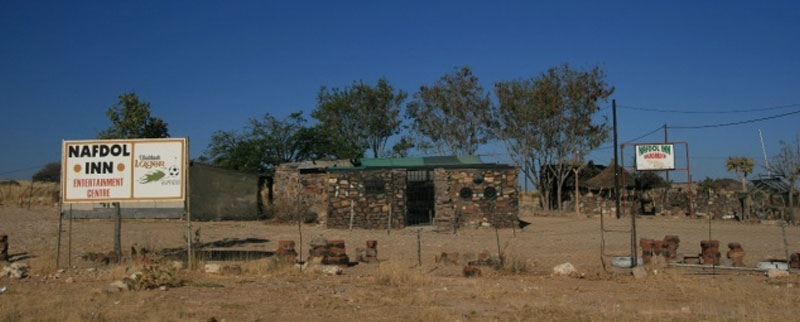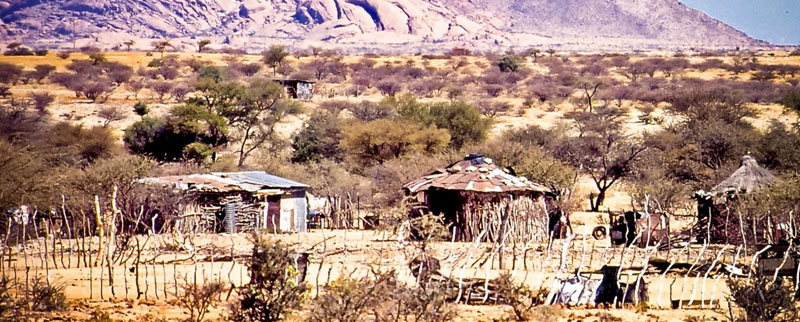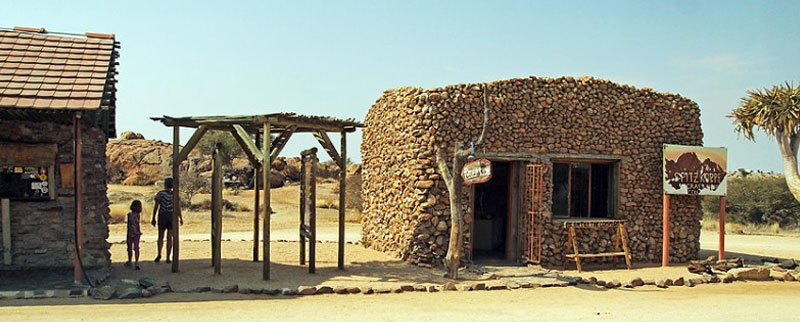Spitzkoppe Community
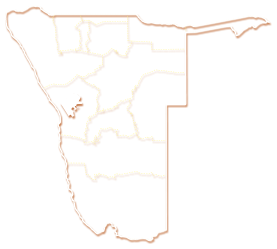
In 1896, a trading post was built by the German Colonial Society at the foot of the Spitzkoppe. It was transferred later to the Farmer Jooste and a police station was built (Foundation walls still exist under Pontok 4).
In 1964, under the so-called Odendaal plan of the Odendaal Commission for the creation of home territories for the black population, the farm was expropriated with compensation. Multiple Damara families were moved here in early 1970’s and a village with a church and a school developed.
The Spitzkoppe Community (currently ± 500people) has since lived in the area, eking out an existence through some livestock farming, small mining of semi-precious stones and craft manufacturing to be sold to tourists. The people are governed by the !OE ≠Gan Tradisional Authority under the present, highly successful leadership of Chief Immanuël ≠Nu-Axa/Gâseb.
In May 1995, the Ministry of Environment and Tourism (MET) approved Namibia’s Community-Based Tourism Policy. Then followed the Nature Conservation Act of 1996, which allowed for the formation of communal area conservancies. The Act granted communities, who formed conservancies, the authority to manage and utilize wildlife, and to grant certain rights in relation to tourism and to benefit from activities within their conservancy area. Spitzkoppe is situated within the #Gaingu Conservancy, a joint venture agreement was signed during mid June 2012 between the Spitzkoppe Community Development Association and Quiver Tree Investments 38cc, to lease and manage the campsite for a ten year period. A capital investment of N$ 1 million has been made to upgrade the existing infra-structure and profits are shared on a 50/50 basis.
The people live in an area with very limited water resources. Water scarcity places a constraint on community income generation and development opportunities. The existing water resources are over exploited and to ensure future water security, the community has to take sustainable water management into consideration in their daily lives and business ventures, including tourism. The private investor re-equipped an existing damaged borehole with a new solar pump installation to supply water to the Camp and Community as well as a new vegetable garden, which was developed to supply fresh produce and create another source of much needed income. Elderly, retired members of the community are employed to maintain the garden.
The investor has also commissioned an Area Management Plan, derived and based upon a previously done EIA, also by the investor, and in conjunction with the Heritage Council of Namibia, act as custodians for the proper conservation of the area, including its wildlife, rock art and archeological treasures.

